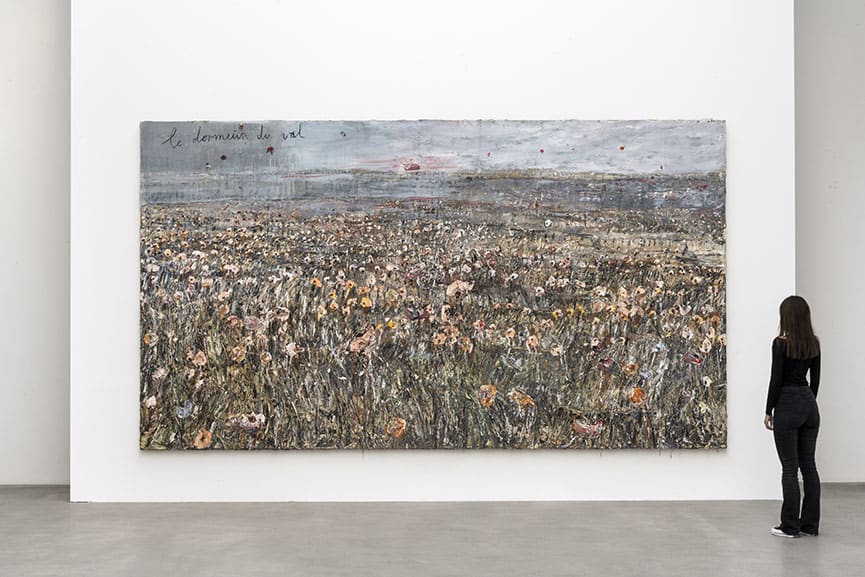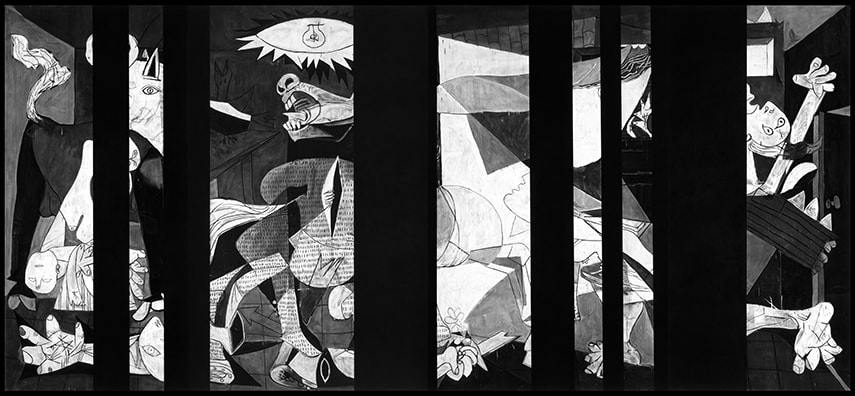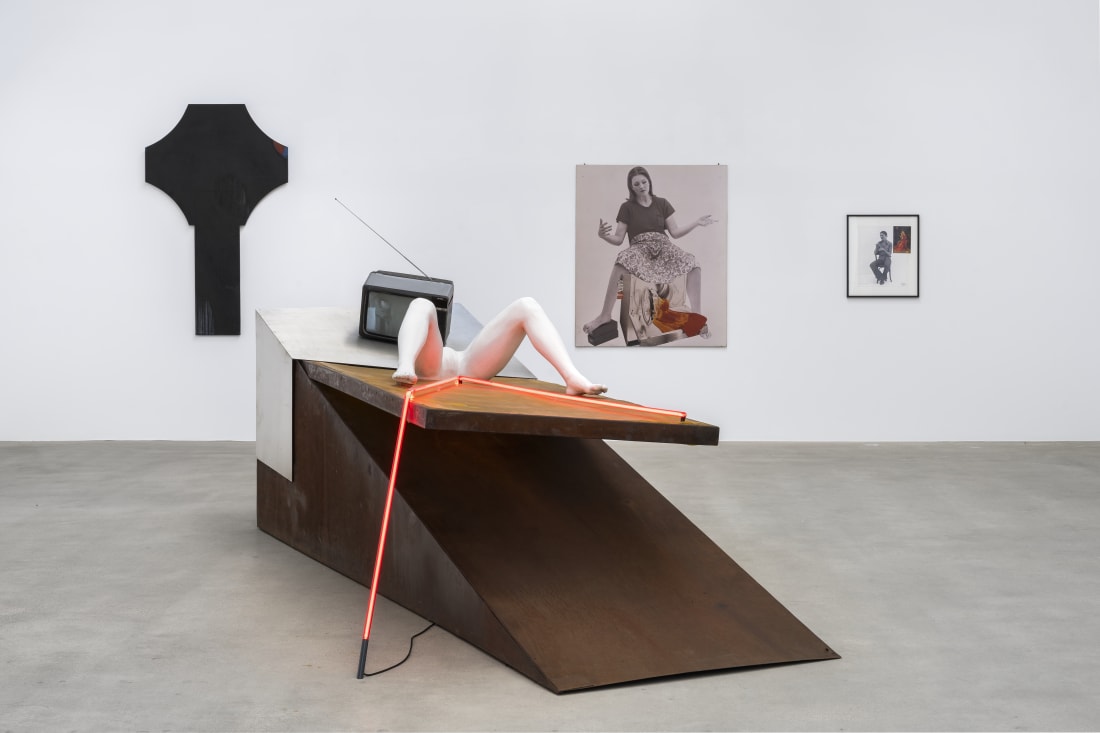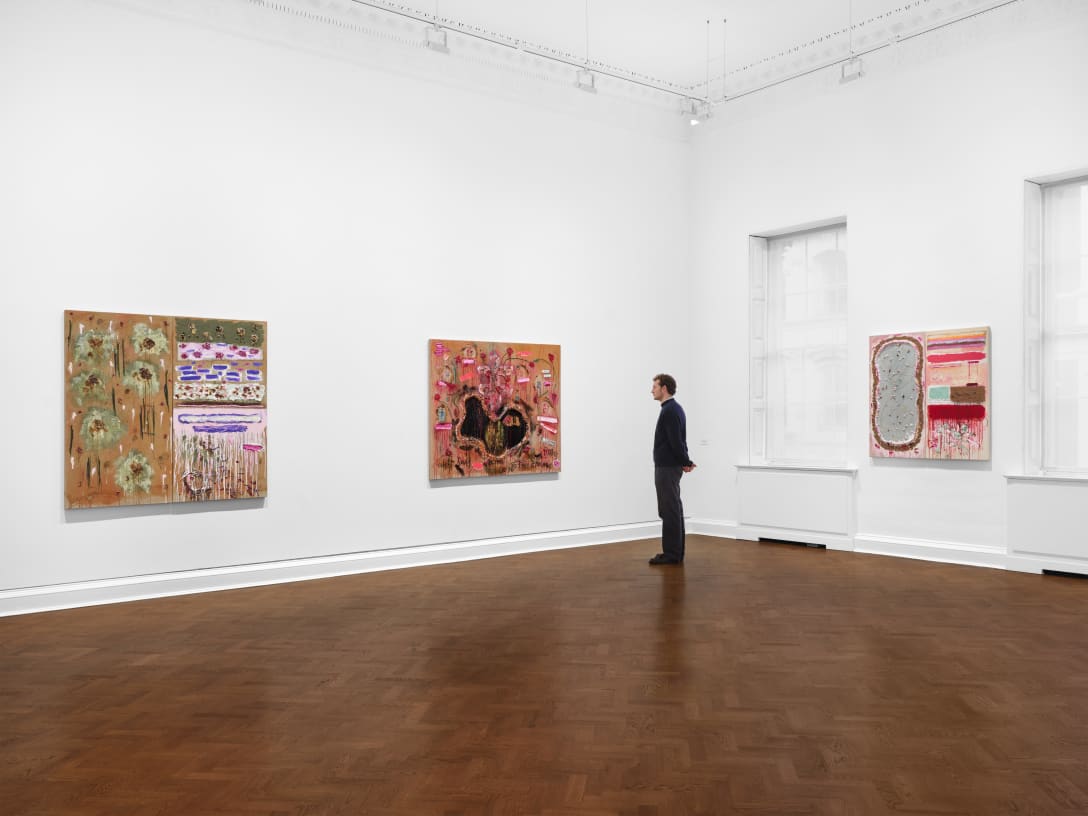Three Decades of Thaddaeus Ropac in Paris
Three decades ago, a young Austrian gallerist set out to Paris to try his luck there.
"I was very young and inexperienced. I didn't know anyone in Paris. I couldn't really offer much besides my enthusiasm, so I took my chances," says Thaddaeus Ropac in an interview with Widewalls. But what he did have was an impressive roster of artists. Mr. Ropac had just been to New York, where he'd forged relationships with artists like Jeff Koons, Peter Halley, and Sturtevant. It seemed to him that The City of Light was ready for new American contemporary art, as it almost hadn't been shown there at all.
And so, the exhibition titled Vertigo and curated by Christian Leigh opened in Paris Marais in 1990.
"I was surprised, when I finally opened the gallery, how open, curious and welcoming [the Parisian audience] was. People were almost thankful, the way I remember, that somebody was bringing this generation of American artists in their 30s, to Paris. I think [the city] was curious about them." It wasn't just the regular art lovers who were impressed by the cutting-edge American art; there was a strong response from collectors and institutions as well. The artists' market was being built: Mr. Ropac recalls that Peter Halley was immediately invited to Lyon for a show, and a few of Pat Steir's works found their way to private collections, for instance.
Cut to thirty years later, throughout which Thaddaeus Ropac in Paris Marais has grown four floors and has hosted countless exhibitions. It also saw the opening of a second, larger space in a former boiler factory in Pantin. The French capital proved itself as a worthy arts hostess, open to cultures other than her own as well. During that time, there were some big changes, perhaps the biggest ever that the cultural environment will go through. For Mr. Ropac, it all has to do with communication and media. "[Everything] changed radically, the market exploded, nobody could ever foresee this. I feel like back in the day we were in an ivory tower; the art world was very exclusive, it was difficult to have access to it. Now, art is at the center of life."
Access to information, and the speed of it all, defined a new era - and France and Paris were a part of it. "Their audience is very international, demanding, sophisticated. I was growing with my audience and my audience was growing with me, so in a way we kind of went through a very exciting period when everything became more open and inviting, and including," says Mr. Ropac.
Thaddaeus Ropac - 30 Years in Paris
On December 9, 2020, an exhibition celebrating 30 Years in Paris, and carrying that same title, opened at 69 avenue du Général Leclerc. Instead of recreating Vertigo, the Thaddaeus Ropac team decided to create a more future-oriented show, with new and historical works put on display over the course of seven months.
Each of more than 60 artists that the gallery represents was approached by Mr. Ropac and his team, to discuss the works they would show in the exhibition. "For different artists, we had very different angles," says Mr. Ropac. "Some artists immediately came up with the idea for a new work, like Kiefer or Baselitz - they were working on new paintings at the time. Robert Longo did Guernica by Picasso, which has such a strong French quotation. He made this incredible piece, so we felt we wanted him to be represented by it in this show"
When it comes to historical works of art, having its Paris debut, for example, is Geburtenbett [Birth Bed] by VALIE EXPORT, an important, much discussed work that the artist created for the 1980 Venice Biennale.
Thaddaeus Ropac also represents many estates, and a few of the artists they worked for years with have passed away. Such is the case with Joseph Beuys, who of course has an important place in Mr. Ropac's own history. "People always say I was Beuys' assistant - I was an intern, nothing more than that." Still, he witnessed the great Beuys at work in his studio, including the time he made Badewanne [Bathtub]. "The sculpture was made in 1984, at a time when I was so close to his practice. So to see it back in the gallery, many years later, makes it very special."
Mr. Ropac was also close with Robert Mapplethorpe, another artist he met in New York in the mid-1980s. "We have a portrait of Ken and Robert in the show, which he did in 1984, just the year I met him," he says.
As we can see, each position in the show was very thoughtfully planned, telling the story of the different relationships with different artists; and there is a lot to come in the coming months.
It will be a very transformative exhibition: we will constantly show new works, and change some of the installation. We want to keep the surprises coming, so we will not even announce beforehand what we're doing. If our Paris audience revisits the show, they will see some of the works they've seen before, but there will be enough new works to discover [as well]. We will keep certain works, and when new works arrive, a new context will be created.
We've never done a show like this, so it's an experiment. It is exciting, and it is a way to show the work of all the artists during the course of the show.
A Past to Remember, A Future to Preserve
At 61, Mr. Ropac is a renowned figure on the international contemporary art scene. He opened his first gallery in Salzburg in 1981, then another one in 1983, and then three more venues across Europe, two in Paris and one in London.
According to Mr. Ropac, there are two main components in a fruitful, rewarding relationship between a gallerist and an artist: "Respect and trust. Both you have to build, it's not a given. To have the trust of so many great artists is the biggest present I can think of, and it is the best and necessary base of any great gallery, or anyone who works with artists. Both you have to work on, and build up on it over a longer period of time."
And what relationships these are for Mr. Ropac. So many great artworks by all these creatives were shown over the years, in many great exhibitions at his gallery but also at world's biggest art fairs such as Art Basel, the Armory Show or Frieze - which they had to skip this past year due to the ongoing COVID-19 pandemic. Like for many of us, the experience was traumatic.
"Our program was totally turned upside down - we still have five active galleries who are changing their exhibitions every 6 weeks, so you can imagine how many exhibitions are in storage, waiting to see the light of day." Still, the situation is only temporary, and Mr. Ropac tries not to be too worried about it. "I think our habits will return and I cannot imagine what will really change, because there is no reason that the art market goes into crisis in the long run; quite the opposite, I think we might see a boom when we get out of this. We were hoping that by the beginning of the year we would return to a certain normal, and it is hard to see that this is still going on."
With Art Basel postponing their Spring show to the Fall, there will be another six months of a very reduced activity. And so, Thaddaeus Ropac will continue focusing on their local audiences. Because of lockdown in most of their host countries, only their Paris galleries are open at the moment. Interestingly enough, the Paris locations have seen more visitors than before. "The museums are closed, so people use the galleries as the only way to experience art. It's the Parisians who come and we are very happy about this, because now we can really count on them. We want to entertain them, and value this relationship with them more in the future. So this will change: we will see what we can do for our local communities."
Another vision for the future? Ecological responsibility and the reduction of carbon footprint. The art world has begun to think of measures against climate change, and big galleries such as Thaddaeus Ropac are prepared to lead and inspire.
The art world is really asking for change; it will be a difficult stretch to see how we can do it. On one hand, we want our audience back, we want to show our art everywhere; on the other hand, we have a responsibility, and we have to think of ways to change. There is no way of going blindly into the old patterns.
By Angie Kordic
30 Years in Paris is on view at Thaddaeus Ropac Paris Pantin until June 26, 2021.





















































































































































































